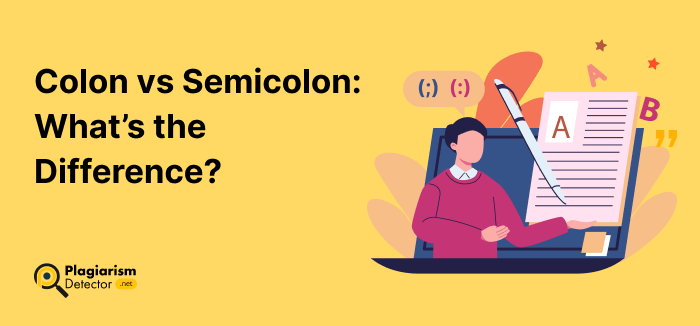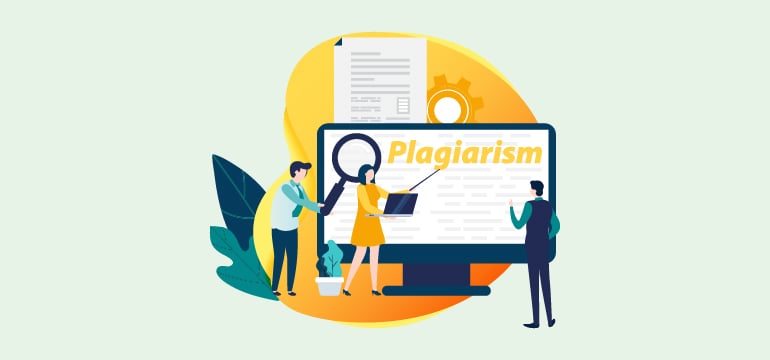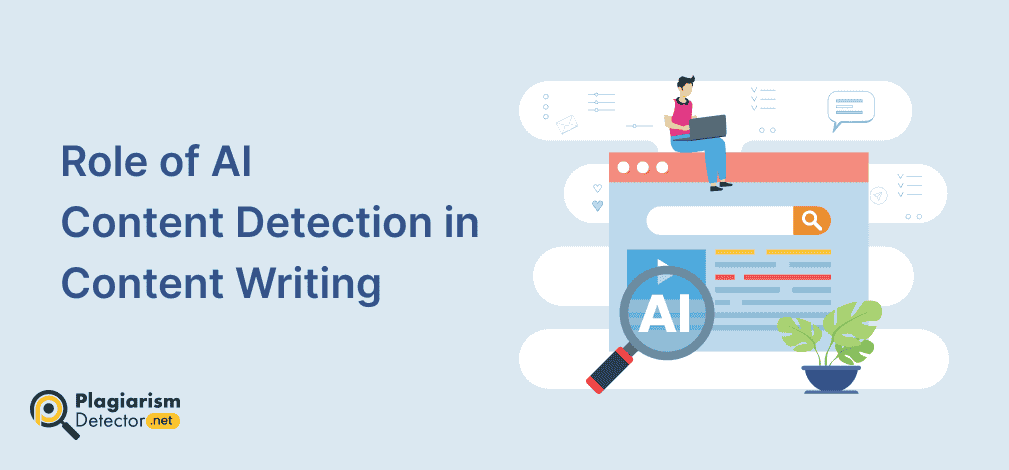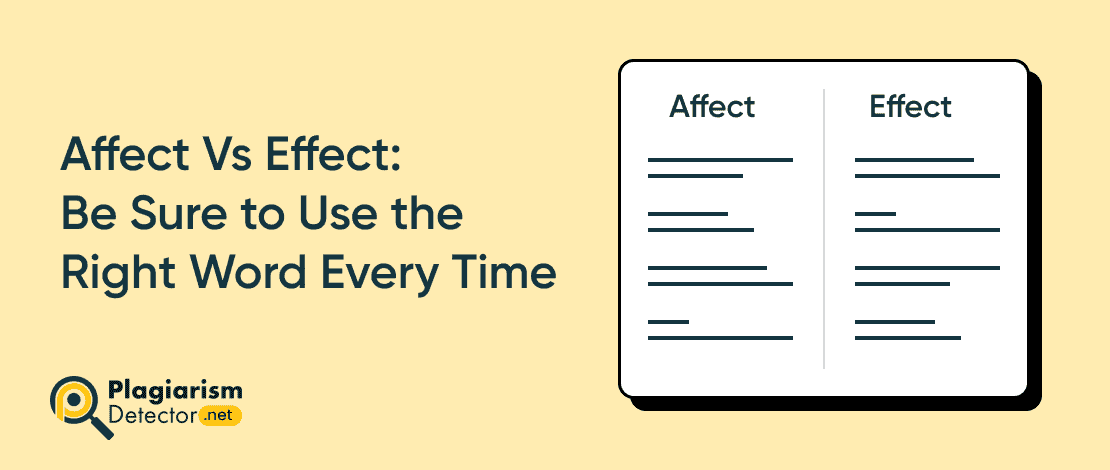Plagiarism Checker vs. AI Detector: What’s the Difference?
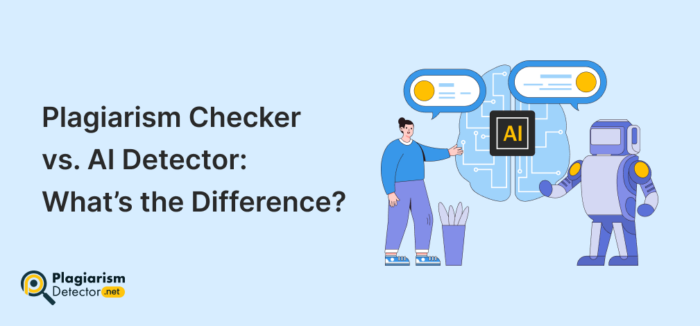
The advancement of technology has streamlined content creation processes. However, this ease of access also presents the risk of compromising the originality and authenticity of the produced work. Readily available technology has made it effortless to copy content or write using tools.
Authority and transparency are important factors in written content. Therefore, we use certain tools to keep the written work in check. These tools are used to check for plagiarism and AI-generated content.
In this blog, we will look into the differences between these two tools based on their work and purpose. We will also explore the uses and the technology behind them.
What is Plagiarism Checking?
A plagiarism check is a process in which a user can check their content for duplication. It helps find copied content within a piece of text. It works by comparing it to a large database of sources like websites, books, reports, and papers. If it finds similar phrases or sentences, it highlights them and shows the original sources.
People use duplication checkers in many fields. In academics, this tool is used to make sure assignments are original. Writers, researchers, and professionals use them to ensure their work does not contain unintentionally copied parts of someone else’s content.
What is AI Detection?
AI text detection means identifying if the text is written by a human or generated by artificial intelligence. Detection tools look for patterns and styles common in AI-generated content, like repetitive phrasing or the same sentence structure. It then highlights the machine-generated text to distinguish it from human writing.
These tools are helpful in many situations. Teachers use them to check if students wrote their assignments themselves. Content creators and businesses use it to confirm that their materials meet transparency standards and are not fully AI-generated.
Key Differences Between Plagiarism Checkers and AI Detectors
Originality and AI content checkers might seem similar because both focus on content analysis, but they serve very different purposes. Let’s explore their key differences in detail:
Purpose
The main purpose of a duplicated text checker is to detect copied content. It identifies instances where your text matches existing material to ensure you have not copied someone else’s work.
On the contrary, an AI text detector focuses on identifying whether a piece of text was created by generative artificial intelligence or a human. It analyzes the structure and style to spot signs of machine-generated writing.
For example, if you are reviewing an academic paper, a plagiarism checker ensures the content is not added without credit. Meanwhile, an AI detector confirms that humans created the text.
Technology
Plagiarism checkers use advanced database software to scan your text against a database filled with articles, books, and online resources. They match specific words, phrases, or sentences to existing sources. It also uses fingerprinting techniques to identify the similarities in the structure of the content. If there’s a match, the tool highlights it and often provides links to the original source.
On the contrary, AI detectors technology rely on advanced algorithms to evaluate writing style, tone, and word choice. They utilize deep learning algorithms and natural language processing techniques to differentiate between the characteristics of the text. Such tools look for patterns typical of AI-generated content, such as overly precise structure or a lack of creative variation.
Use Cases
Plagiarism checkers are essential in academic institutes, research facilities, and corporate settings where you need to maintain integrity. For instance, they ensure essays, reports, or research papers are free from uncredited material.
However, AI detectors play a different role in content writing. They are commonly used in education to verify that students are submitting original work rather than assignments written by AI. Businesses and publishers also use these tools to make sure their content is not fully AI-generated and aligns with ethical standards.
The Results They Provide
When you use a plagiarism checker, it highlights sections of your text that match external sources. It also assigns a percentage to indicate how much of your content might be unoriginal. Advanced copied text checkers provide precise percentages.
On the other hand, AI detectors don’t provide a match percentage. Instead, they give a probability score showing if the text was likely written by a machine or a human. This score helps users decide if further editing or rewriting is needed to make the content more authentic.
Do You Need Both Tools?
Originality checkers and AI detectors are valuable tools but serve different purposes. In many cases, both tools are used together to improve the quality and credibility of your content.
Plagiarism checkers are important for ensuring unique content. These tools help you identify the missed citations in your content and identify direct duplication or unintentional duplication. However, the other one ensures transparency, especially when machine-generated content is discouraged.
For example, suppose you are submitting an academic paper. In that case, a plagiarism checker confirms that your citations are accurate, while an AI detector assures reviewers that your ideas and arguments come from you. In professional writing, these tools can ensure content is original, meets ethical guidelines, and gives your audience confidence in its authenticity.
Conclusion
Plagiarism checkers and AI detectors are powerful tools, but they address different challenges in content creation. The first helps you maintain originality by detecting copied material, but the latter focuses on identifying text written by artificial intelligence.
To make the most of these tools, it is a good idea to use them together when needed. You can produce work that is both authentic and high-quality by doing so. These tools can help you meet today’s standards for originality and integrity.
You can explore both tools at plagiarismdetector.net to see how they can enhance your writing process. They will help you ensure your content is always at its best!
